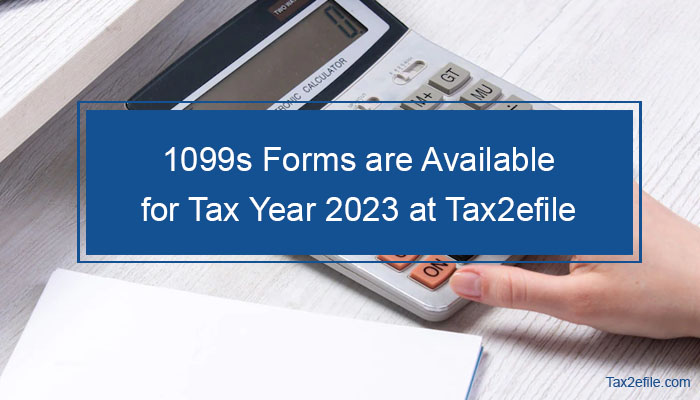- June 3, 2017

President Donald Trump’s campaign tax proposal has got some additional details with Treasury Secretary Steven Munchin and National Economic Council Director Gary updates in April 2017 which is listed below.
- Recently updated tax proposal eliminates all the itemized and regular deductions (like home office deductions, state and local) which are the part of current tax code excluding the mortgage interest and charitable deductions.
- The standard deduction will be twice to offset the elimination of any other deductions and aims to simplify the tax filing process and usage of itemized deductions.
- Revoking the Alternative Minimum Tax (AMT), 3.8% health care investment tax obligatory under Obama care and estate tax.
- Trump’s tax plan additionally has 3 tax rate brackets, but there is a change in the level that differs from the prior proposal. It will be 10%, 25%, and 35%, hence the top tax bracket rate of 39.6% will be eliminated.
- On the first $13,000/ $ 24,000 of income, there will be no taxes for single or married standard deduction.
- The tax plan also includes tax relief for families with childcare expenses.
- The corporate rate will further come down to 15% and can expect a repatriation tax on funds for the companies that hold overseas.
- It is assumed that the higher economic growth will offset the lower tax revenues. But the details are spelled out for the next year as the tax reform package is worked by Congress.
When you go through the above tax plan, it seems to have tax breaks for the rich people, but the controller of the administration says that the changes in the tax plan would surely benefit the middle-class people.
3 most attractive features that you can see in this Trump’s plan could be:
1. 1. Reduced corporate tax rate by 15% which is an expensive proposal.
2. Pass-through provision will make any professionals set up their legal tax shelter.
3. Changes to the individual tax code
Assuming that the tax plans will get passed by Congress, most of the tax changes which are brought by President Trump will go effectively from 2018 as the tax plan for the 2017 year has been established already. On the other hand, the House of Republicans also has come up with a tax plan in order to cut personal and corporate taxes. But when compared with the proposed tax plan of the President, this is not found to be aggressive.
To get the proposed tax form across all the branches of the government, the tax plan agreement must be compromised. This is because the President’s administration has not laid any actual plan to pay for the tax cuts and also there are no proposed net spending reductions to offset Trump’s tax plan of $7 trillion cost.
According to the sources and when checking the proposed tax plan of President Trump, the tax plan will be more advantageous for middle-class people as they could find modest tax savings. On the other hand, the premium class taxpayers can see the most in savings by lowering the highest marginal tax rate, increase in tax reduction, and a repeat of the Alternative Minimum Tax.
On the whole, this proposed tax plan might increase the deficit by $10 trillion after 10 years. But reconciliation rules mention that the law cannot increase the deficit over a decade by a single dollar. In short, middle-level tax-payers can foresee good tax savings whereas the high-income earners will be taxed heavily.
Stay tuned with Tax2efile to get the updates on Tax Reform That Will Make America Great Again! And don’t forget: you can now e-file your quarterly business taxes on Forms 1099 with Tax2efile.


